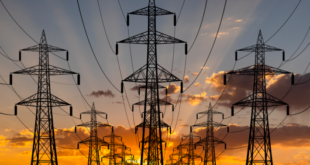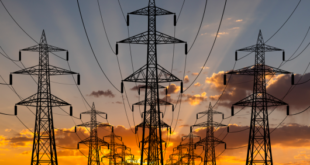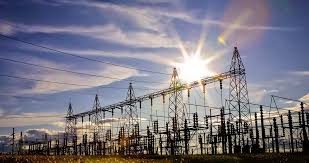Tokyo Electric Power Co. (TEPCO) on July 24 said it will decommission its Fukushima Daini nuclear station. The plant is located just south of the larger Fukushima Daiichi plant. site of a meltdown in March 2011 after an earthquake and tsunami heavily damaged the Daiichi facility.
The four reactors at Daini automatically shut down after the earthquake. reaching cold shutdown two days later. The reactors have not operated since.
Permanent closure of the Daini units would mean 21 reactors in Japan are scheduled for decommissioning. There were 54 operating reactors in the country prior to the 2011 disaster.
Nuclear power provided about 30% of Japan’s power prior to the earthquake. The country idled all its reactors in the wake of the meltdown. and only eight have been restarted. though several are continuing with a relicensing process required due to the country’s new operating standards after Fukushima.
Japan has relied on imported liquefied natural gas and thermal generation from imported coal to replace the lost nuclear generation since 2011.
TEPCO President Tomoaki Kobayakawa reportedly met with local officials in Fukushima on Wednesday to discuss the decommissioning plans.
Fukushima Daiichi had six operating reactors. three of which melted down after the earthquake and tsunami. The other three reactors are among the 21 scueduled for decommissioning.
The Japanese government has estimated that the cost of demolishing the Fukushima Daiichi plant and decontaminating the site. along with paying compensation claims. could reach $200 billion.
The permanent closure of the Daini plant would leave TEPCO with just one operational nuclear station. The Kashiwazaki-Kariwa station has eight reactors. TEPCO wants to restart at least two of the units if it succeeds with relicensing. though there is strong local opposition to a restart.
 Iran Energy News Oil, Gas, Petrochemical and Energy Field Specialized Channel
Iran Energy News Oil, Gas, Petrochemical and Energy Field Specialized Channel




